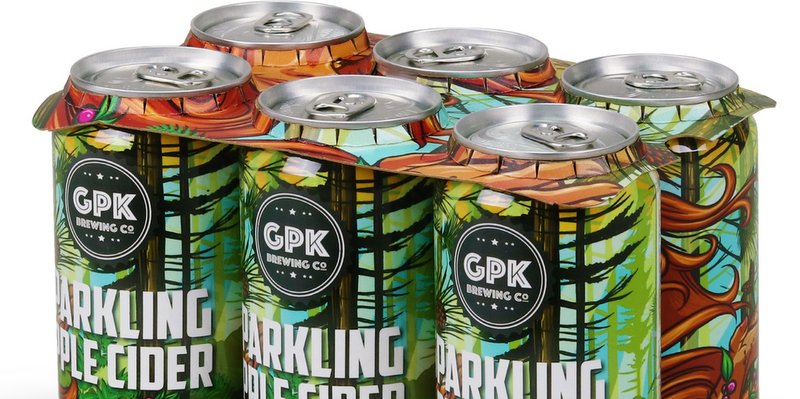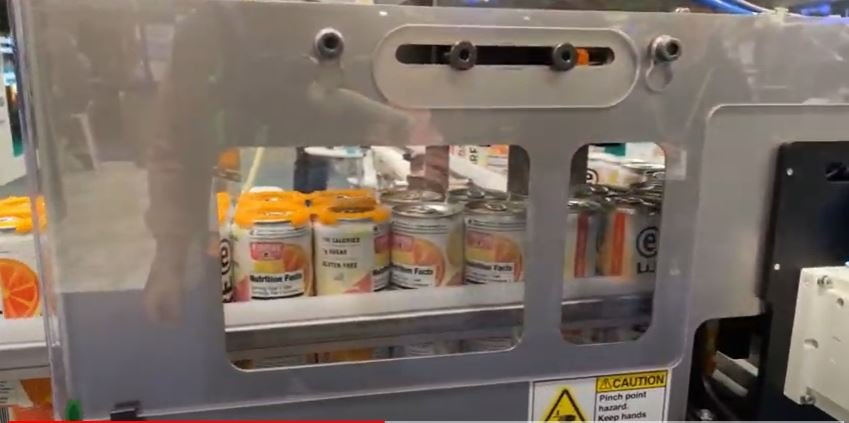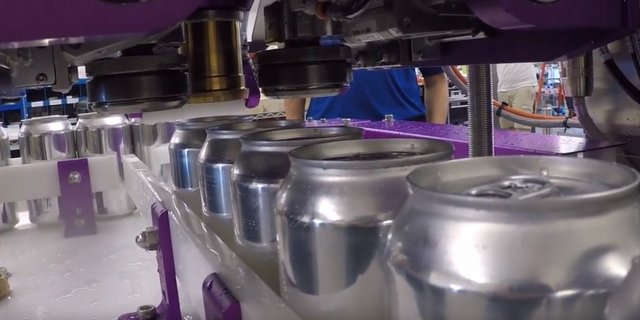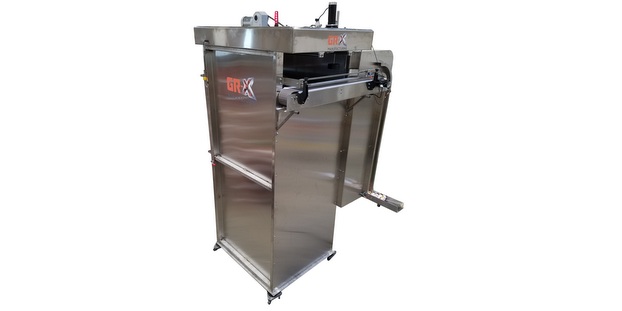Seam inspection is a crucial part of a canning line. Depending on the size of your canning operation, you have options. Here are two examples from Industrial Physics’ CMC KUHNKE for craft breweries.
CMC KUHNKE Combination Seam Gauge (CSG) has automated, multi-measuring capability. It measures both seam thickness and countersink depth. Seam thickness is the total width of the entire double seam once curled and completed. This also includes 360°seam thickness measurements around the can. Countersink depth is the total height of the entire double seam once curled and completed.
The CSG-3000-B Combination Seam Gauge rotates cans to find the right measurement angle, and it can inspect a maximum of 50 points around the can, taking multiple readings at the same time.
The touchscreen digital clearly shows you the test stage and can display your results in graph format.
The CMC KUHNKE AUTO-XTS is a step up in terms of volume, labor saving, and inspection functionality. It is a fully-automated, on-line or stand-alone measurement system that provides non-destructive, complete double seam inspection for beverage fillers and metal cans.
This patented test and inspection solution combines the internal X-ray seam measurements of the SEAMscan XTS with a second station for external measurements, providing faster inspection results. The automated process protects users from seam saws, metalburrs or seam teardowns.
The AUTO-XTS offers double seam measurement to assess: seam thickness, countersink depth, seam height, body hook, cover hook, overlap, seam gap, % body hook butting and wrinkle rating (% tightness). How the AUTO-XTS works:
A robot handling system moves a complete range of filled beverage cans through the measurement stations.
- Station #1: The can is automatically carried to Station #1 for measurement of Countersink Depth and Seam Thickness using CMC-KUHNKE’s TSG Gauge series. Measurements are made in up to 36 locations around the can.
- Station #2: Patented XTS technology uses low-power X-ray imaging to measure internal parameters of the seam, including tightness. The content is not affected by the X-ray.
- Station #3: Once the double seam inspection has been completed, the cans are placed in order by head number either onto a conveyor for online systems, or into a carrying basket for manually loaded systems.





Leave a Reply
You must be logged in to post a comment.